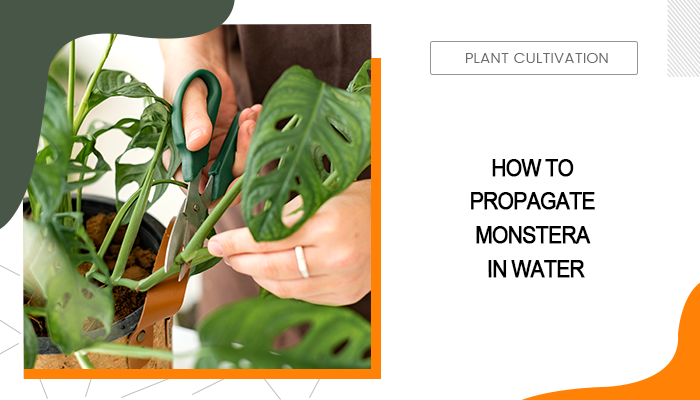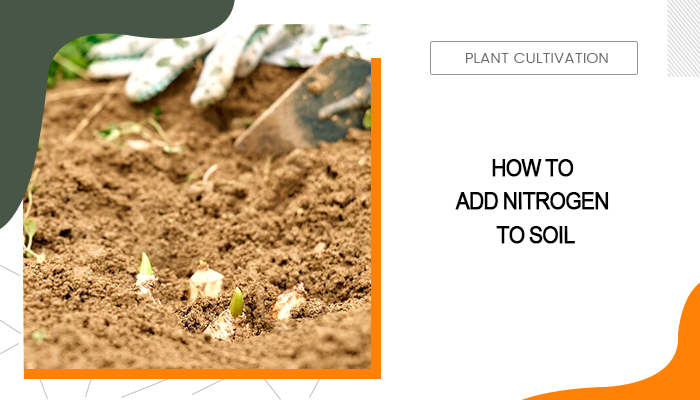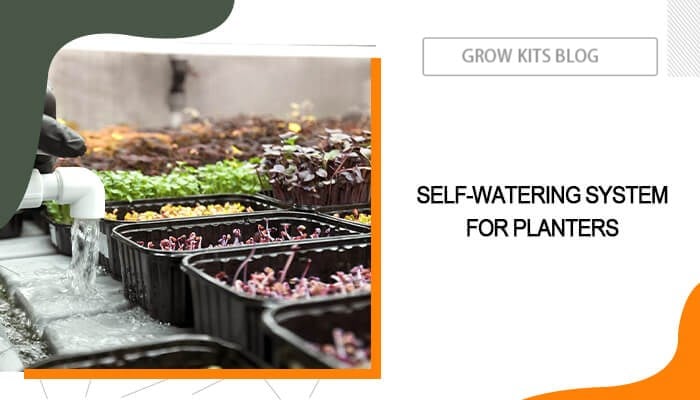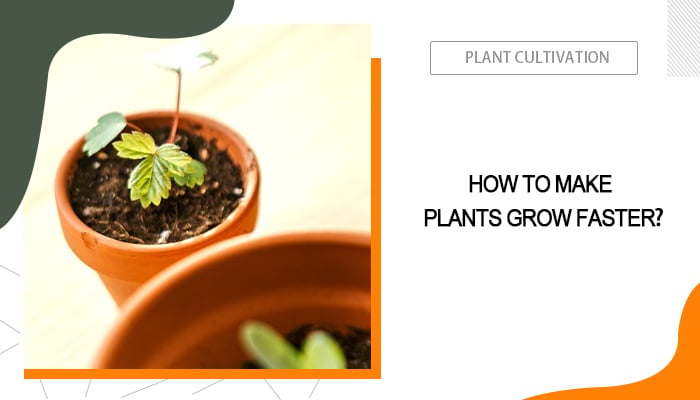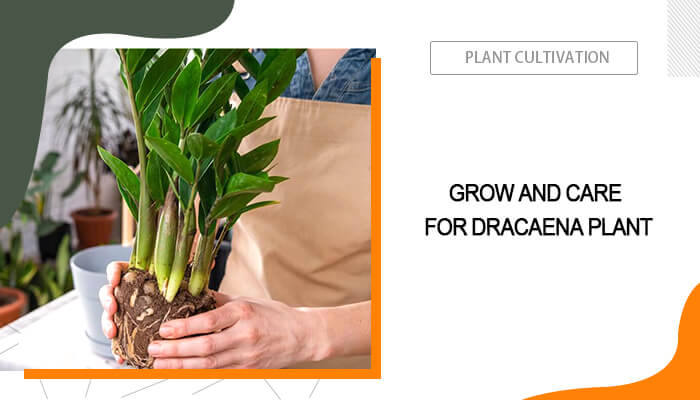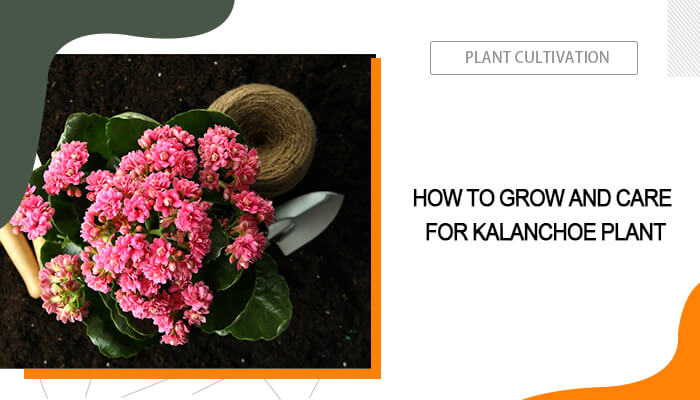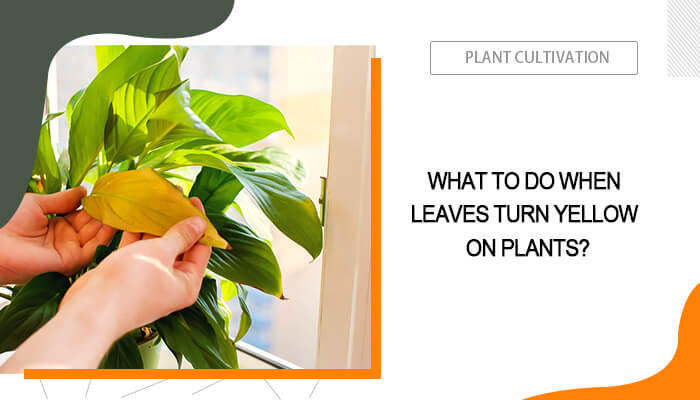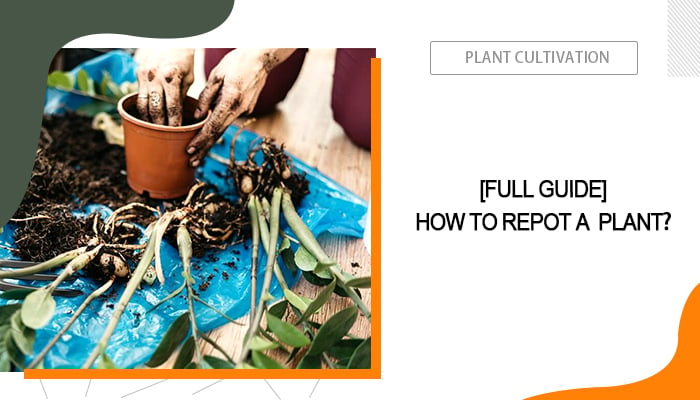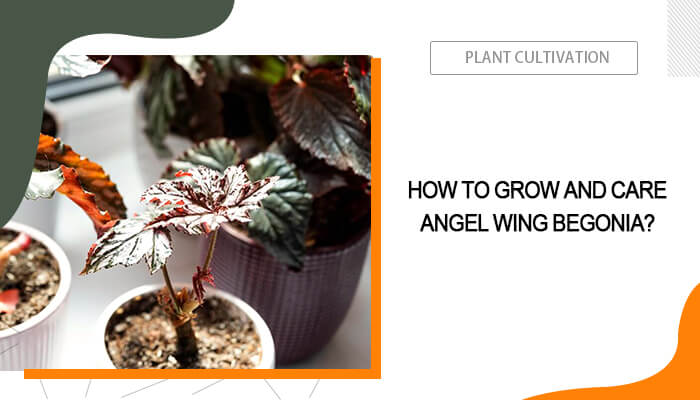Monstera, especially the commonly seen monstera deliciosa, is a stunning decoration for any indoor garden. Its unique, perforated leaves make it a popular choice for plant lovers. If you've fallen in love with your Monstera and wish to multiply its beauty, propagation is the way to go. Fortunately, monstera of all varieties is almost one of the easiest plants to propagate. By reading the tutorial below, you’ll know how to propagate monstera in water with vivid illustrations.
Table of Contents
Understanding Monstera
Monstera plants are tropical beauties that thrive in warm, humid environments. This vine plant shares multiple varieties, such as:
- Monstera Deliciosa
- Monstera Adansonii
- Monstera Borsigiana
- Monstera Variegata
- Monstera Obliqua
Among them, monstera deliciosa are popular home-grown options that are well-known for their large, glossy leaves with natural holes, which is why they're often called the Swiss Cheese Plant. How to propagate these monstera plants? Fortunately, monstera propagation follows the same pattern, which applies to all varieties. Let’s see how it goes.
How to Propagate Monstera Deliciosa/Adansonii in Water
Propagating monstera in water is pretty easy and straightforward. To get started, you'll need a few basic tools and materials:
- Sharp, sterilized scissors, pruning shears, or clippers
- A healthy Monstera mother plant
- A glass jar or container (for water propagation)
- Rooting hormone (optional)
- Potting soil (for soil propagation)
Step 1: Select a healthy stem cutting with at least one node. It’s OK that the node doesn’t have any leaves on it, but the node is a must-have.
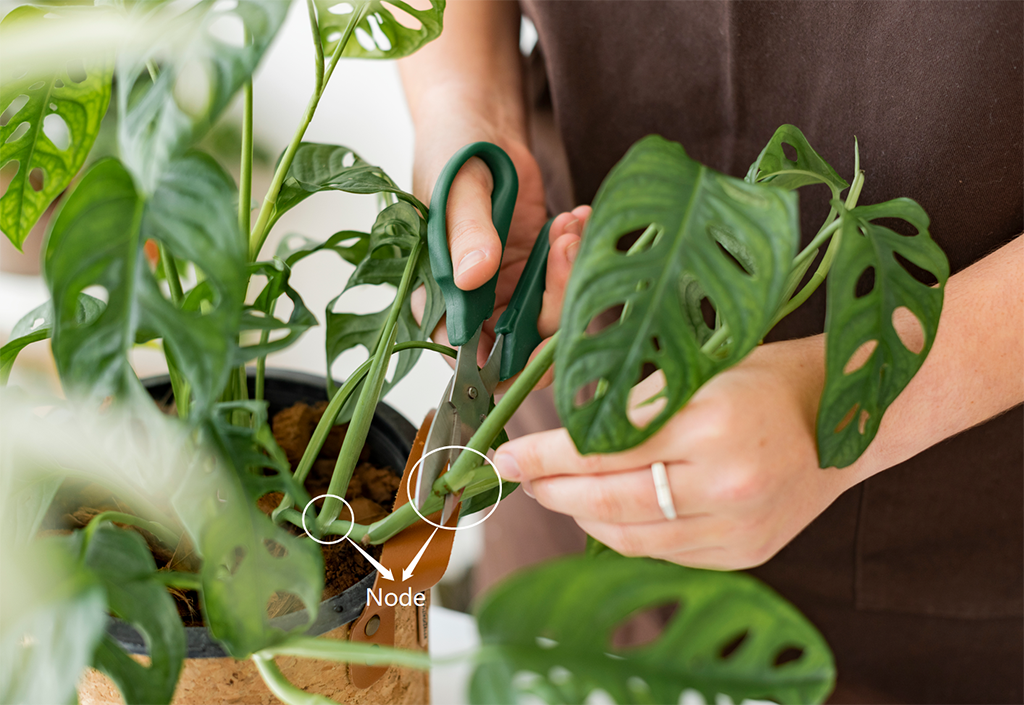
Step 2: Make the cut right underneath the node as well as the aerial root (the brown stretch). Here, some people choose to cut off the aerial root attached to the stem while some people keep it. Either way does no harm to propagating a monstera plant.
You can basically collect as many cuttings as you want from a mother monstera, until the rest leaves are all in the soil.
Step 3: Place the cutting in a jar of water (some growers prefer warm water but it’s optional), ensuring the node is submerged but the leaf is not. Here, you can decide whether to add some rooting hormone to stimulate root growth in monstera cuttings or not.
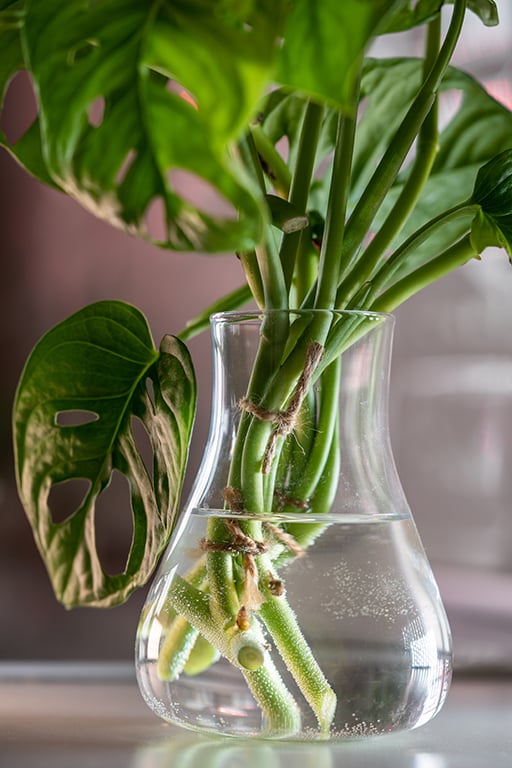
Since monstera plants enjoy bright and indirect sunlight, you may adjust the location of the jar to make sure the leaves receive adequate sunlight. A kind reminder here: sunlight from south-facing windows can be too strong for your monstera leaves and can even cause sunburn.
Step 4: Within a few months, I’d say at least 6 weeks, the cuttings will start to root. Remember to change the water every few days to keep it fresh, otherwise, you may encounter root rot later on. Once the roots are a few inches long, you can plant the cutting in soil.
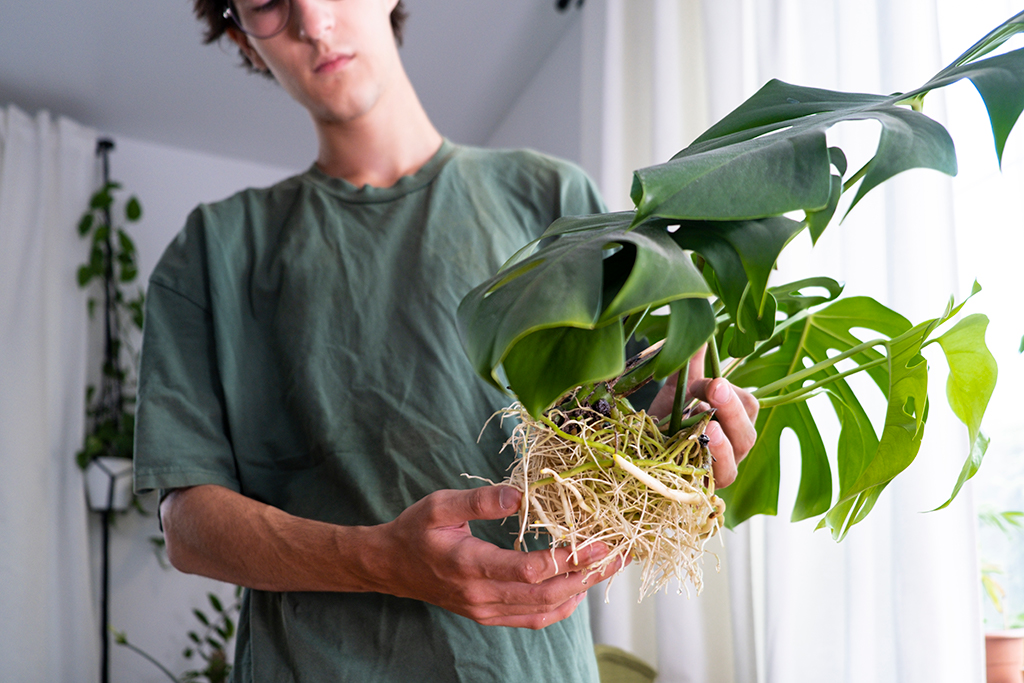
FAQs about Propagating Monstera
- Can any Monstera leaf be used for propagation?
Only stems with nodes can be propagated, as nodes are where new roots form. Therefore, you can’t propagate a monstera leaf without a node.
- When is the best time to propagate Monstera Deliciosa?
The ideal periods for propagating monstera deliciosa are during its active growing seasons, which span from spring to summer.
- Do monstera plants need enough sunlight?
Yes, monstera prefers bright and indirect sunlight. If your monstera plant doesn't receive 10-12 hours of indirect sunlight daily, consider using a grow light to provide the necessary light exposure.


